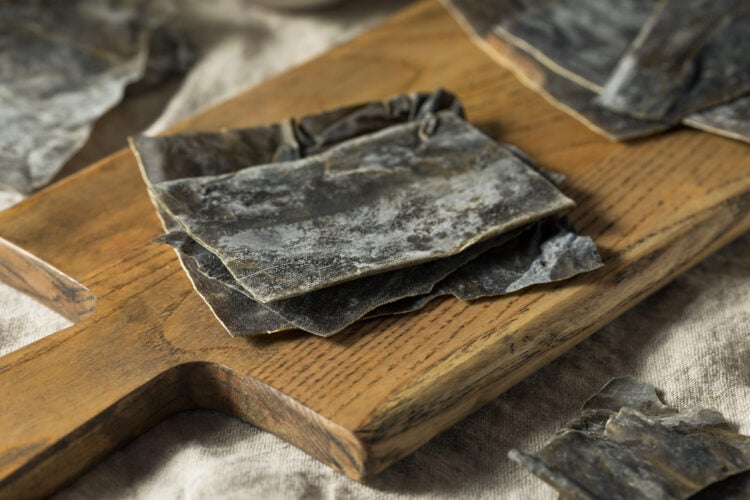If you browse through my articles dedicated to Japanese cuisine, you’ll notice that kombu is an ingredient I frequently mention. But what is kombu, and why does it occupy such an important place in Japanese gastronomy? This article aims to answer these questions.
What is Kombu?
Kombu, also known as konbu, kelp, haidao in Chinese, or dashima in Korean, refers to a group of edible seaweeds of the genus Laminaria. Highly prized in East Asia, particularly in Japan, Korea, and China, it is also cultivated in Brittany, France, where it is called Breton kombu, “witches’ whip”, ouarle, flexible laminaria, or royal kombu. Like nori or aonori, it is part of the family of seaweeds consumed in Japan.
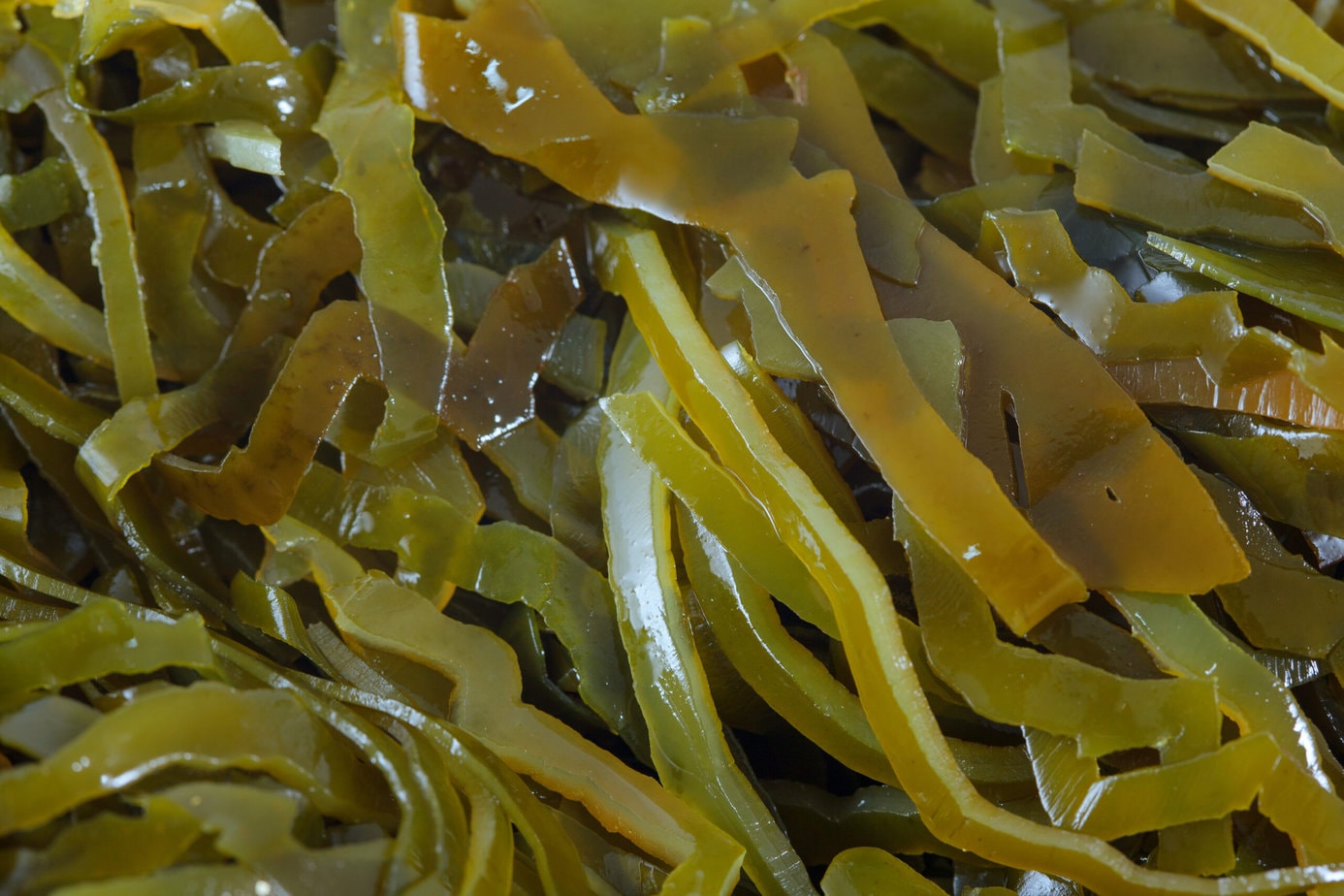
This seaweed grows in cold northern waters, at a depth of 5 to 8 meters, and is particularly abundant around the islands of Hokkaido, a large island in northern Japan. It takes about two years to reach optimal maturity. The harvest period generally extends from July to September. For harvesting, specially equipped boats are used to detach the kombu from the seabed. Only the upper leaves are cut, allowing new leaves to regrow from the root.
After harvesting, the leaves are spread out and dried on rocks for four to five hours, then pressed to remove any residual moisture. Once completely dried, the kombu strips are brought indoors, sorted according to the producers’ needs, and finally shipped.
The Different Types of Kombu
There are four main varieties of kombu: Rishiri kombu, Ma kombu, Rausu kombu, and Hidaka kombu.
Rishiri kombu is dark brown, thin, and very hard. Its edges are slightly curled. It is named after Rishiri Island, located in the extreme northeast of Hokkaido. Its broth is distinguished by its clarity, aroma, and a slightly salty but intense flavor.
Ma kombu is particularly popular, especially in the Osaka region. It is characterized by its thick and wide strips. Its broth is refined, mild, and clearer than that of Rishiri kombu.
Rausu kombu is both thin and very wide. It is named after the town of Rausu. Its broth is yellowish, dark, and distinguished by its richness, aroma, and sweetness.
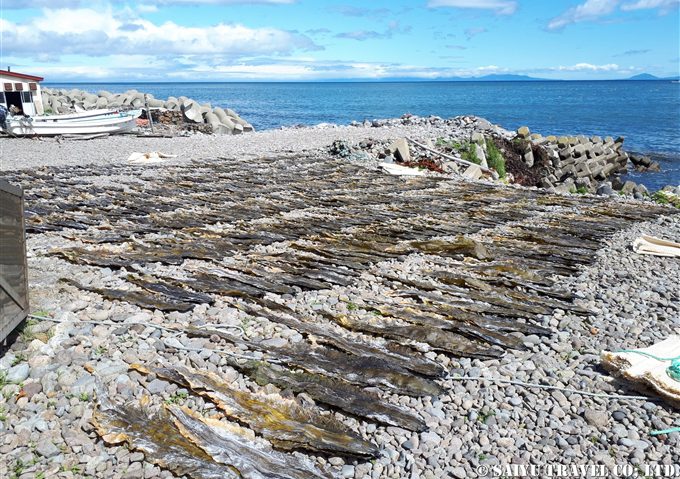
Hidaka kombu is green-black in color and enjoys great popularity in Tokyo and northern Japan. Being less expensive than other varieties, it is often used in many dishes, particularly side dishes. Its broth is slightly milder than that of Rishiri kombu.
How to Use Kombu in Cooking?
For centuries, kombu has been a choice ingredient for seasoning dishes, particularly in Japanese and Asian cuisine in general. In the 20th century, Japanese chemist Kikunae Ikeda discovered that kombu was rich in glutamate (MSG), which led to the discovery of umami, the fifth basic taste. Since then, the use of kombu in cooking has continued to grow in popularity. Here are some suggestions for enjoying kombu:
Making Dashi: Kombu is one of the three main ingredients in Dashi, the base broth for many traditional Japanese soups such as miso soup, Soba noodle and Ramen soups, or tofu soups.
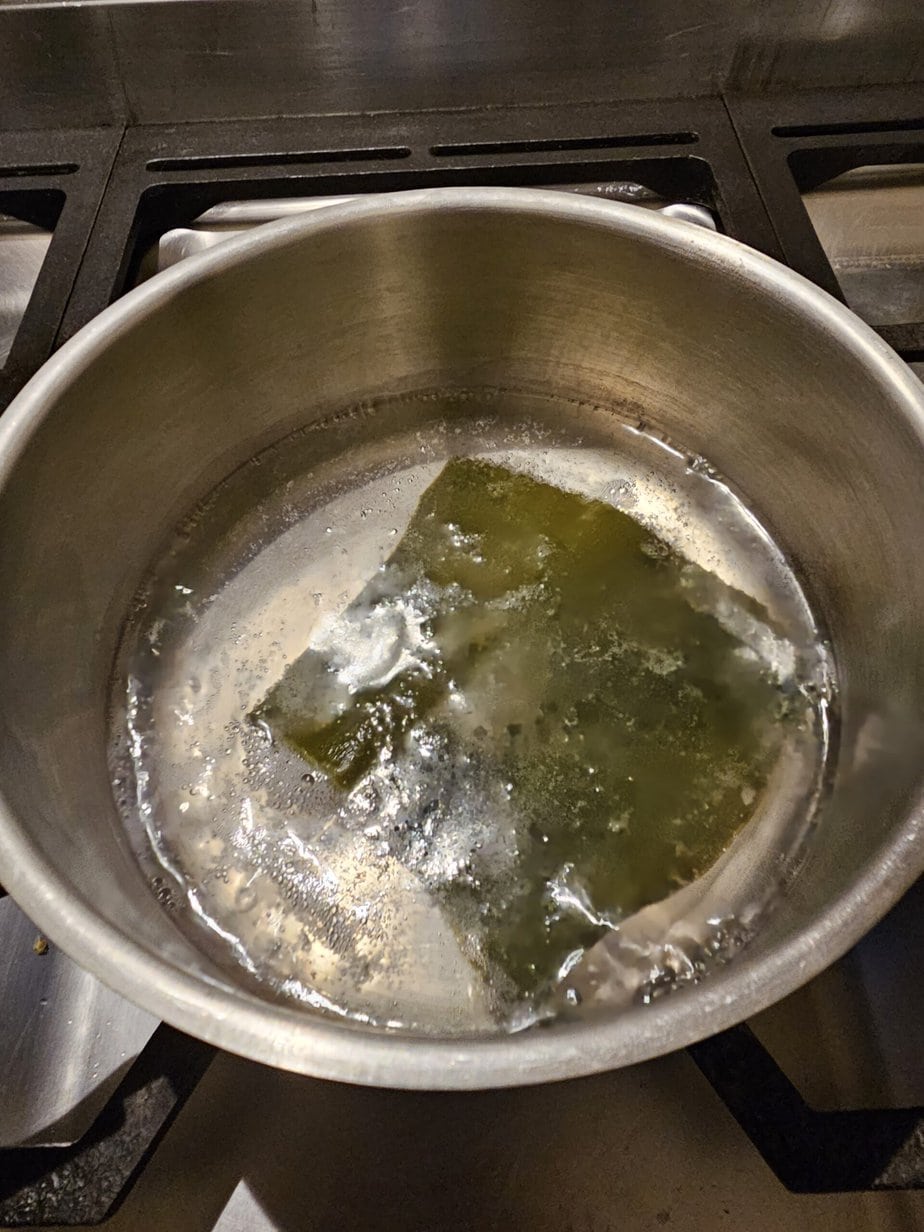
Making a vegetable broth: Cooking kombu with vegetables enhances the flavor of the broth. But it can also complement other broths like that of kimchi jjigae
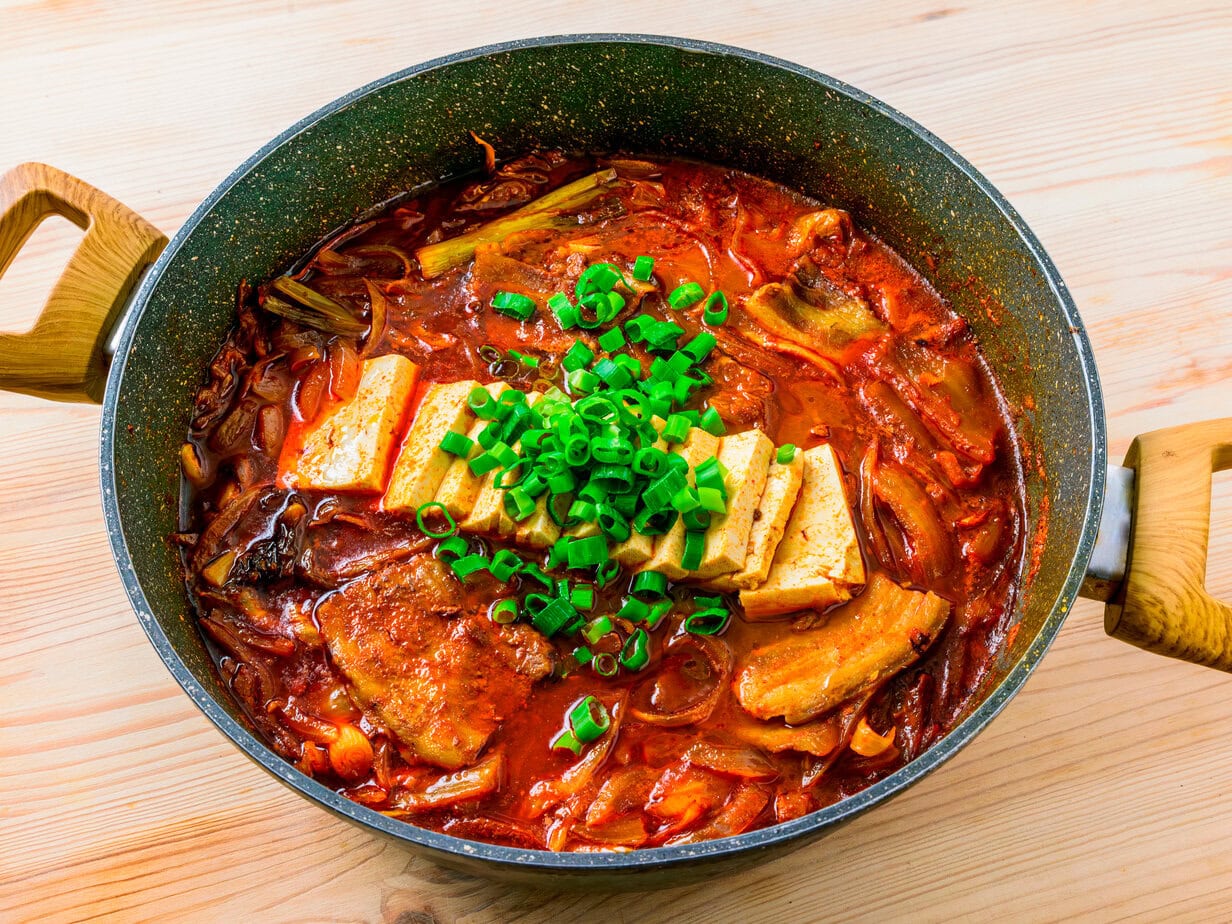
Prepare salads: To do this, cook the kombu leaves for an hour in water, then cut them into small pieces and incorporate them into your salad.
Dry fish and vegetables (konbujime): Kombu is also used in the konbujime technique, which involves placing raw fish or vegetables between layers of kombu to naturally infuse umami while removing moisture.
Use as a condiment: Kombu can be ground into powder, cut into small pieces, or cooked in water to be used as seasoning. For more information, you can check out my articles on Mentsuyu and Furikake.
Season rice: Cooking rice with kombu enhances its flavor. Sushi rice and Onigiri are good examples.
Soften beans: Cooking beans with kombu makes them more tender and digestible.
How to Buy and Store Kombu?
You can find kombu leaves imported from Japan in specialty Japanese and Asian grocery stores. They are also available in some traditional grocery stores and supermarkets. Before purchasing, it’s important to carefully check the expiration date and the condition of the packaging to ensure the quality of the kombu you will consume.
This seaweed is particularly sensitive to heat, direct sunlight, and moisture. That’s why it’s recommended to store it in a dry, cool place away from light. High-quality kombu can be used within a year.
What Are the Benefits of Kombu?
Kombu is not only an excellent source of glutamate, but it’s also rich in iodine, an essential element for metabolism, bone health, immune response, and other bodily functions. It’s also beneficial for those on a diet, as it contains enzymes that break down complex sugars that are usually indigestible in the stomach.
Additionally, kombu is a source of several minerals and vitamins, including calcium, iron, magnesium, potassium, as well as vitamins A and C, not to mention trace elements such as copper and zinc.
